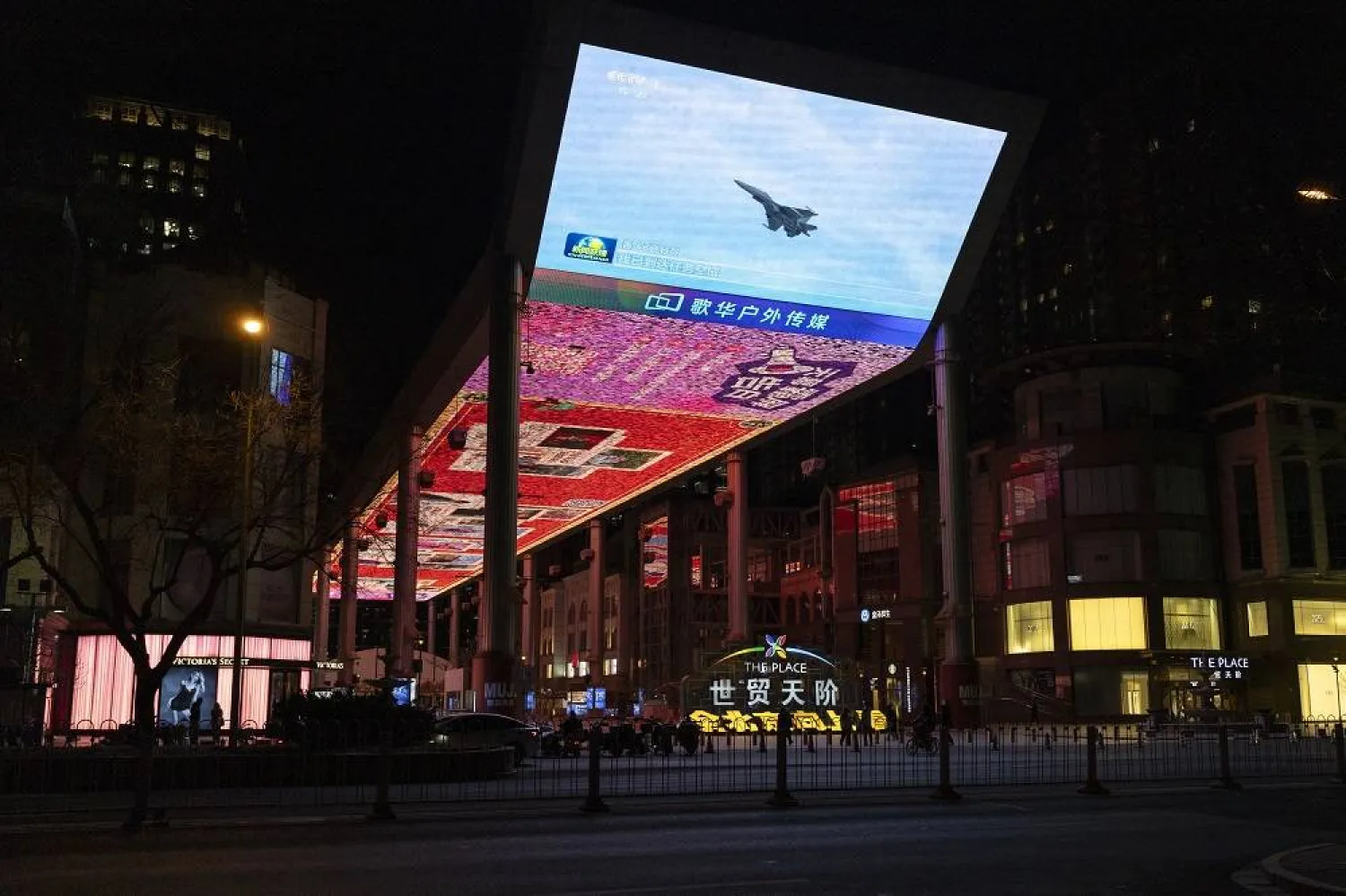A powerful typhoon killed two people and left at least 92 injured in the southern Chinese island of Hainan, authorities said Saturday, with heavy rains and winds causing power outages in over 800,000 households.
The typhoon Yagi is currently en route to northern Vietnam over the Gulf of Tonkin Saturday, with Vietnamese authorities describing Yagi as “one of the most powerful typhoons in the region over the past decade.”
The typhoon on Friday afternoon struck Hainan's Wenchang city, with wind speeds of up to about 245 kph (152 mph) near its center.
China’s national meteorological authorities said Yagi was the strongest autumn typhoon to have landed in China.
Some 420,000 residents were relocated in Hainan prior to the typhoon's landfall in Hainan. Another half a million people in Guangdong province were evacuated before Yagi made a second landfall in the province's Xuwen County on Friday night.
Haikou's meteorological observatory downgraded its typhoon signal from red to orange on Saturday, as the typhoon moved further away from the city.
In Hong Kong, more than 270 people were forced to seek refuge at temporary government shelters on Friday, and more than 100 flights in the city were canceled due to the typhoon. Heavy rain and strong winds felled dozens of trees, and trading on the stock market, bank services and schools were halted, The Associated Press reported.
Yagi was still a storm when it blew out of the northwestern Philippines into the South China Sea on Wednesday, leaving at least 16 people dead and 17 others missing mostly in landslides and widespread flooding and affecting more than 2 million people across the archipelago.
More than 47,600 people were displaced from their homes in Philippine provinces and classes, work, inter-island ferry services and domestic flights were disrupted for days, including in the densely populated capital region, metropolitan Manila.
Typhoon Yagi Kills 2 in China's Hainan as it Makes its Way to Vietnam

People ride scooters past falling trees after Super Typhoon Yagi hit Haikou, in southern China's Hainan province on September 7, 2024. (Photo by CNS / AFP)

Typhoon Yagi Kills 2 in China's Hainan as it Makes its Way to Vietnam

People ride scooters past falling trees after Super Typhoon Yagi hit Haikou, in southern China's Hainan province on September 7, 2024. (Photo by CNS / AFP)
لم تشترك بعد
انشئ حساباً خاصاً بك لتحصل على أخبار مخصصة لك ولتتمتع بخاصية حفظ المقالات وتتلقى نشراتنا البريدية المتنوعة







